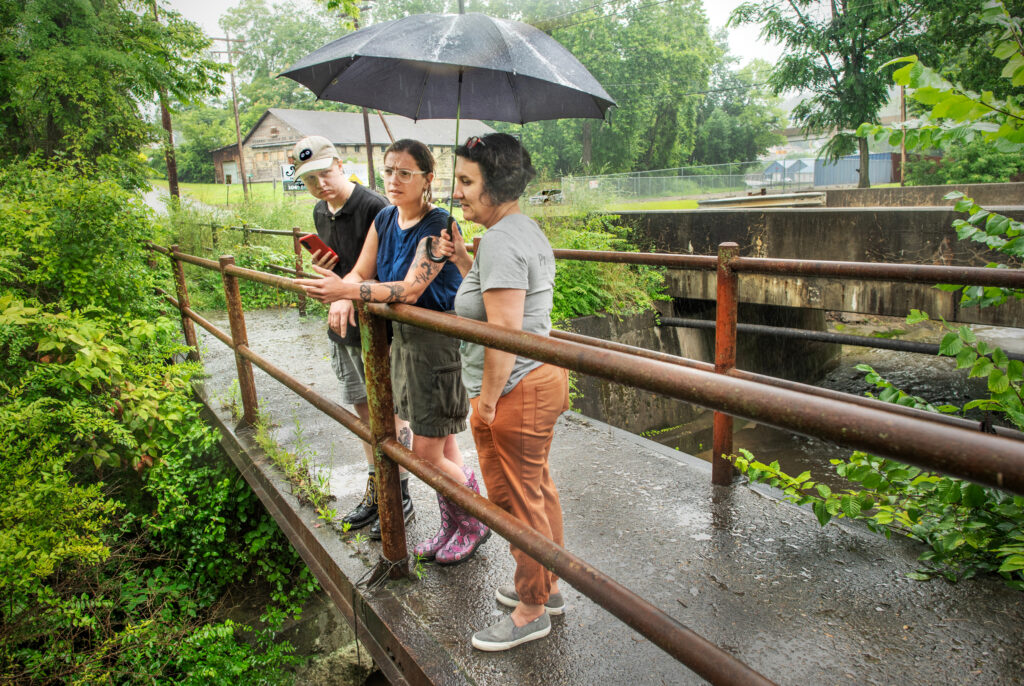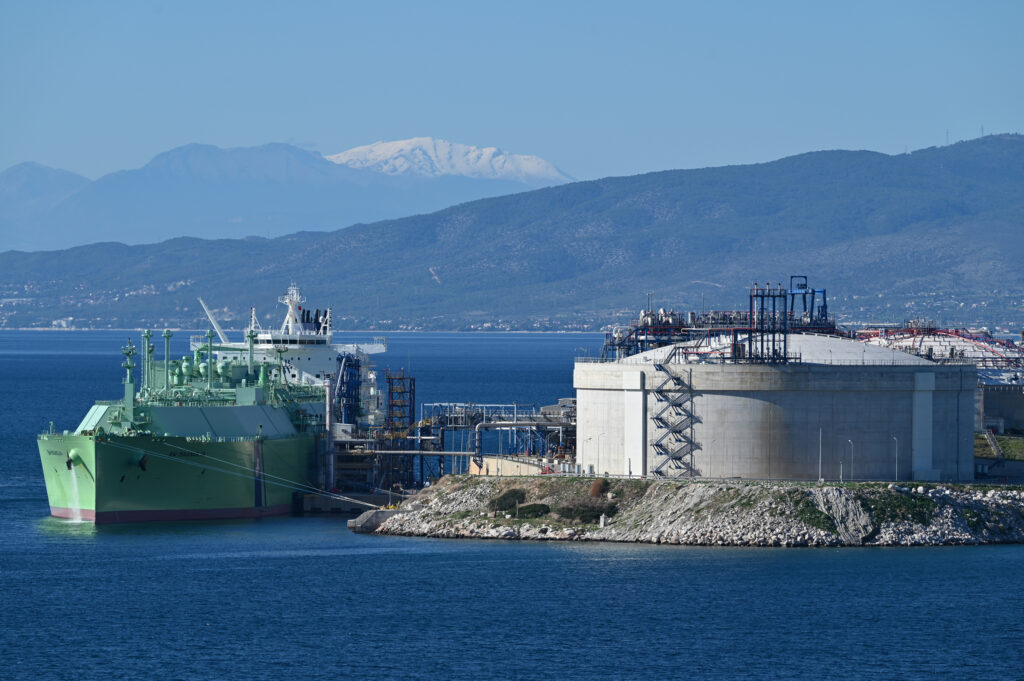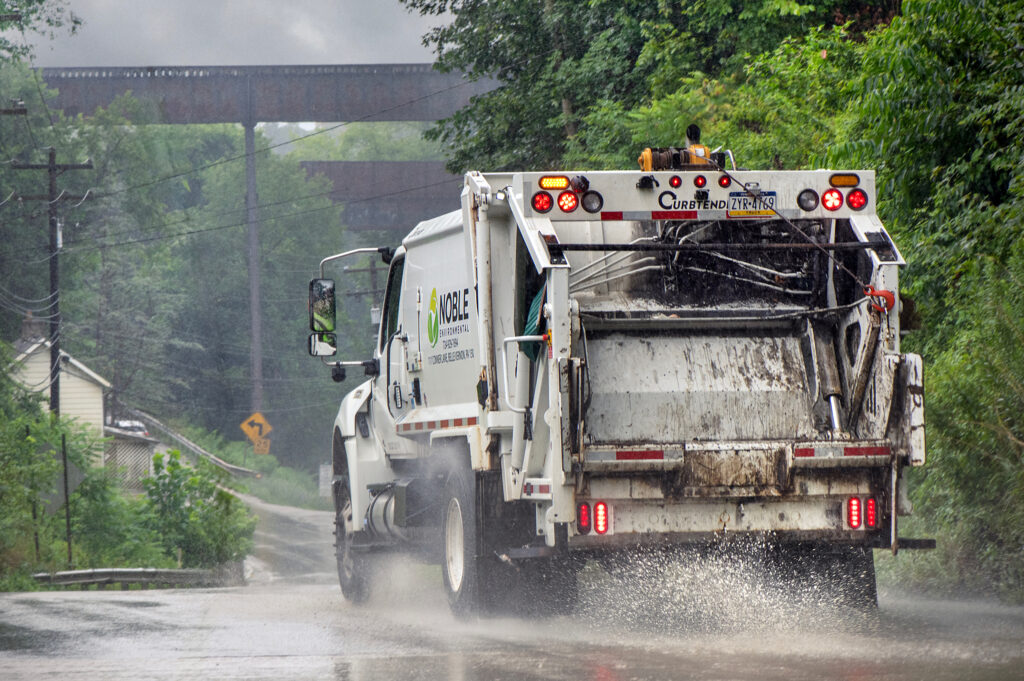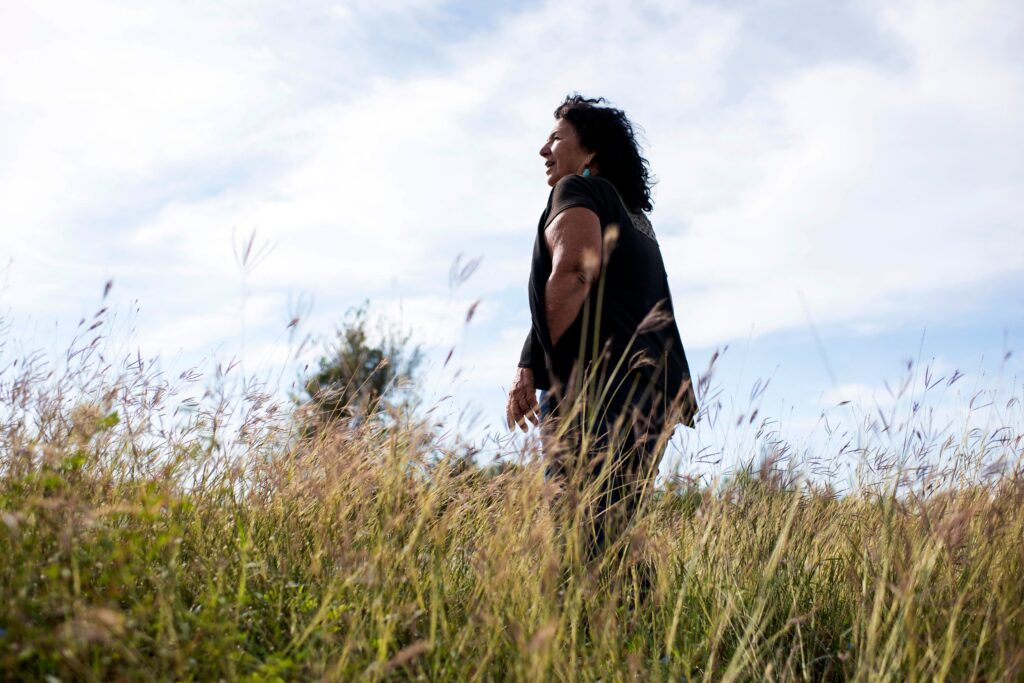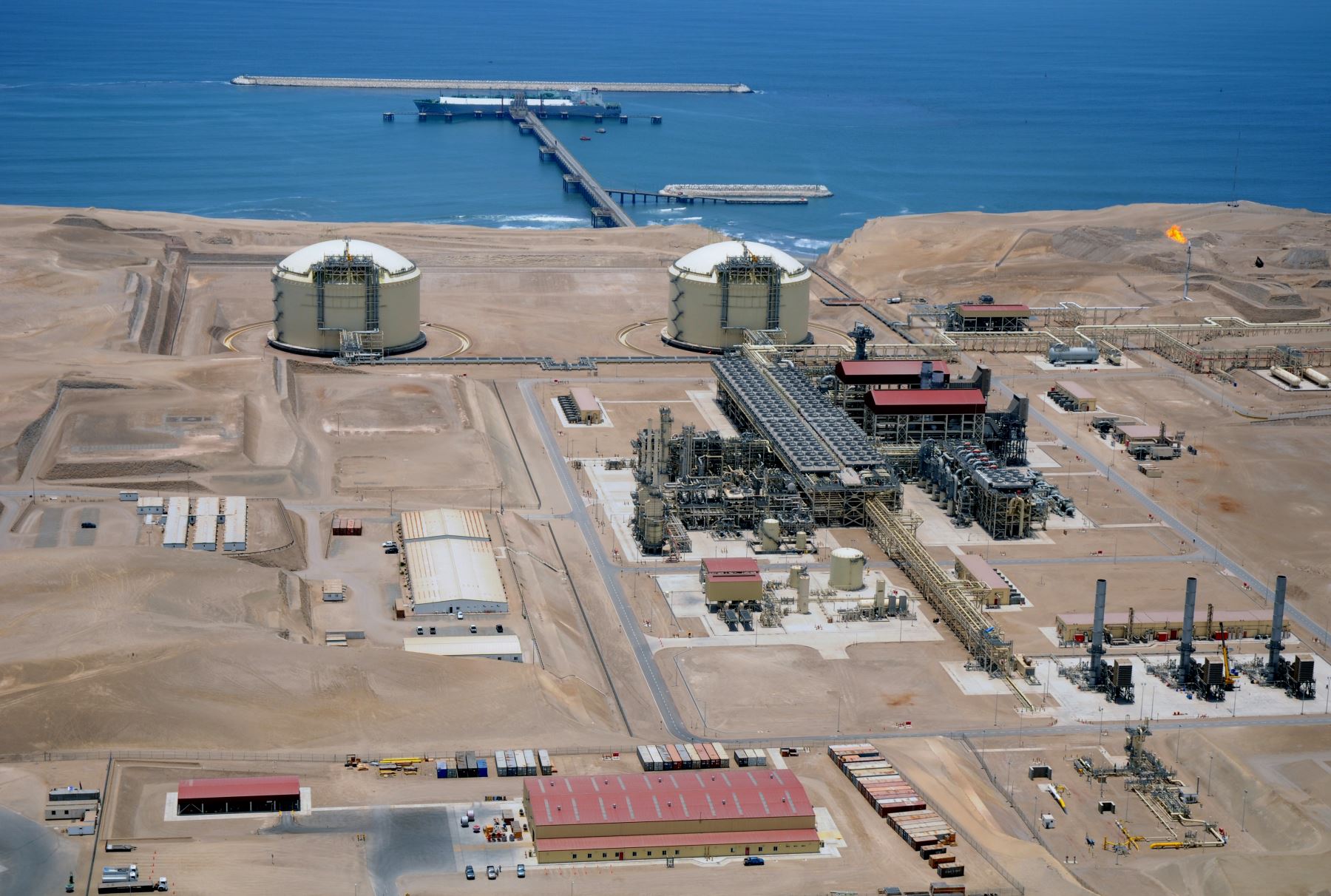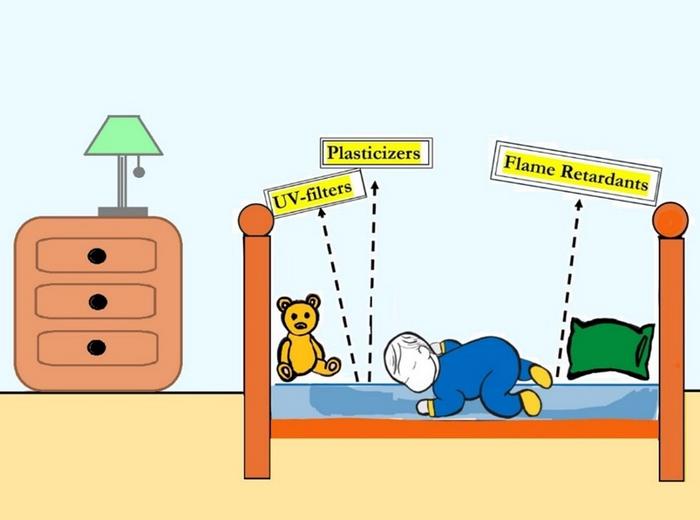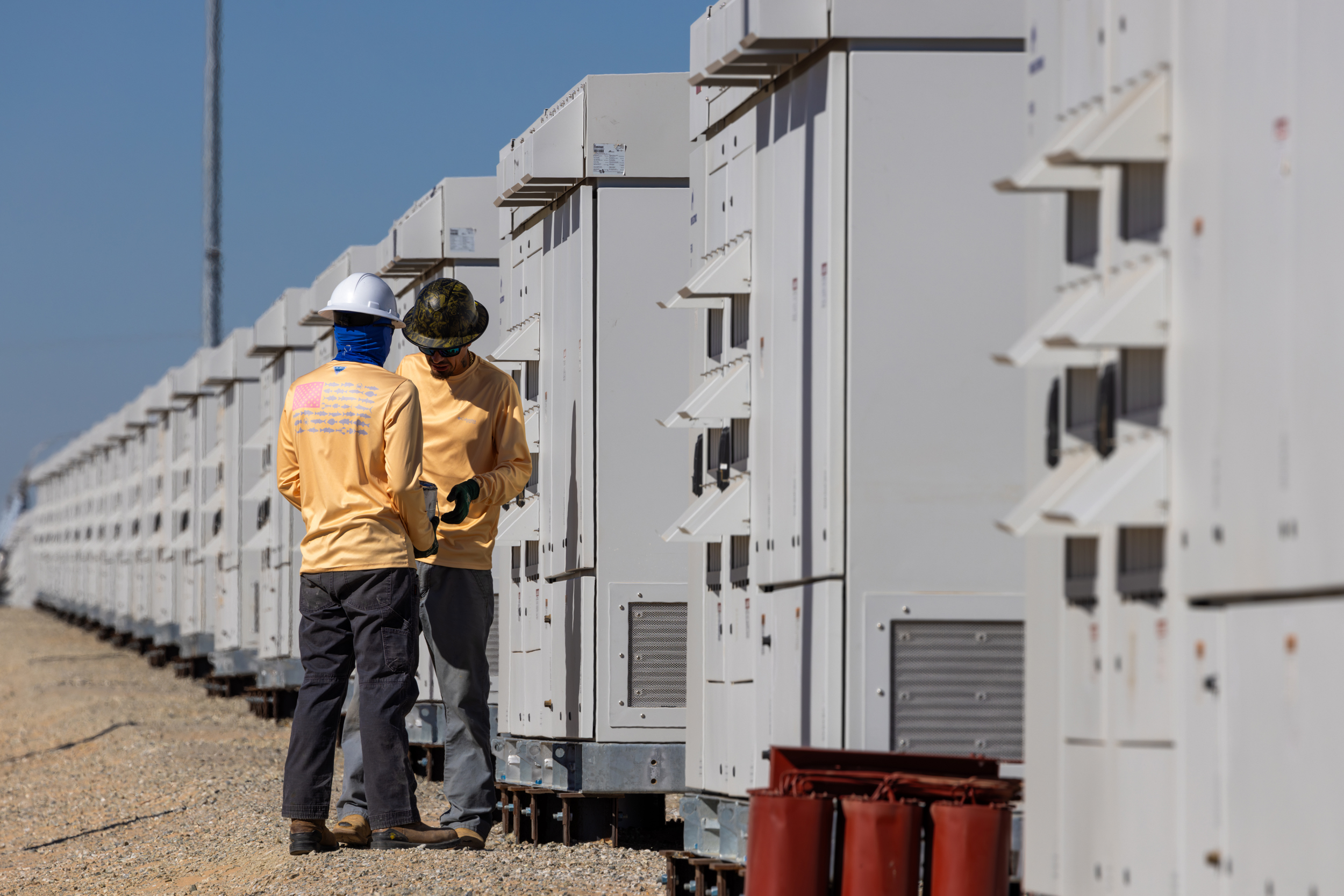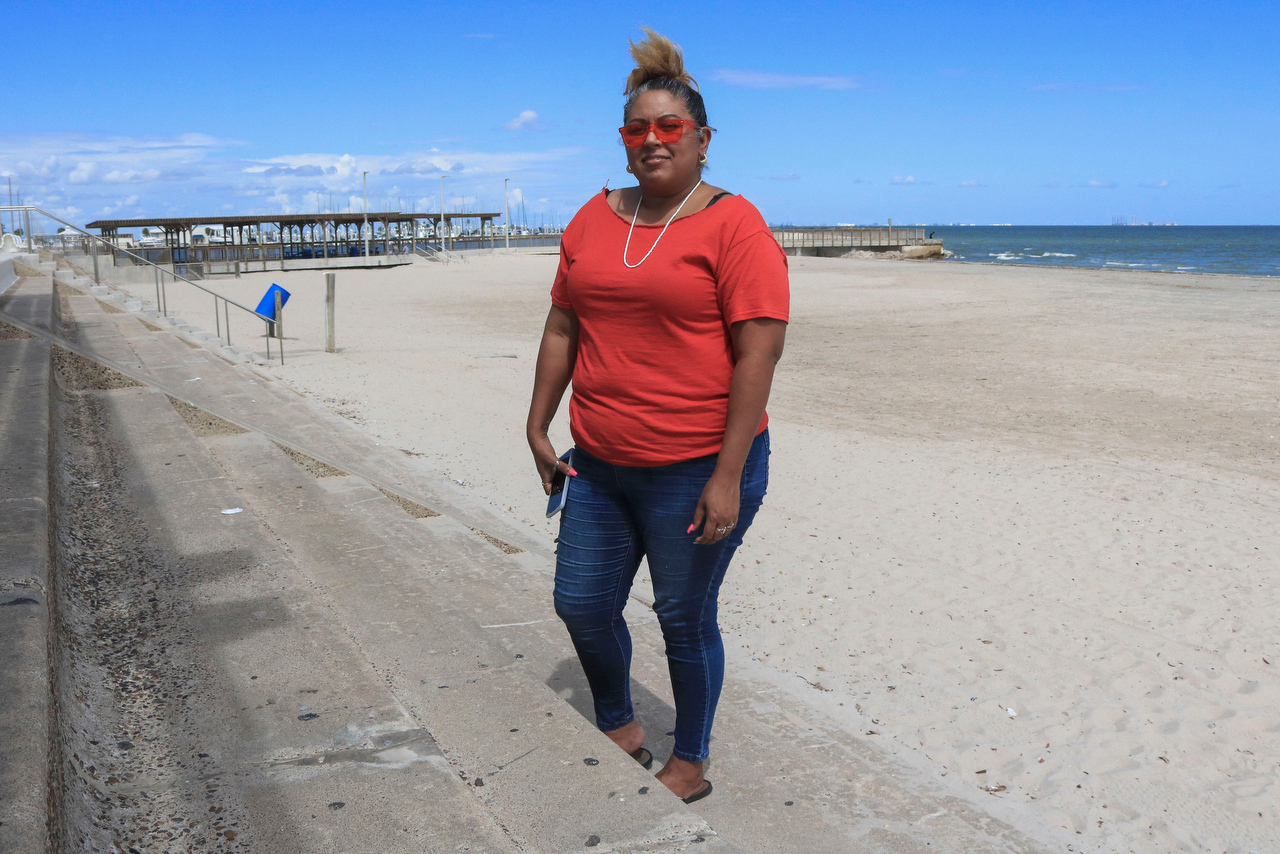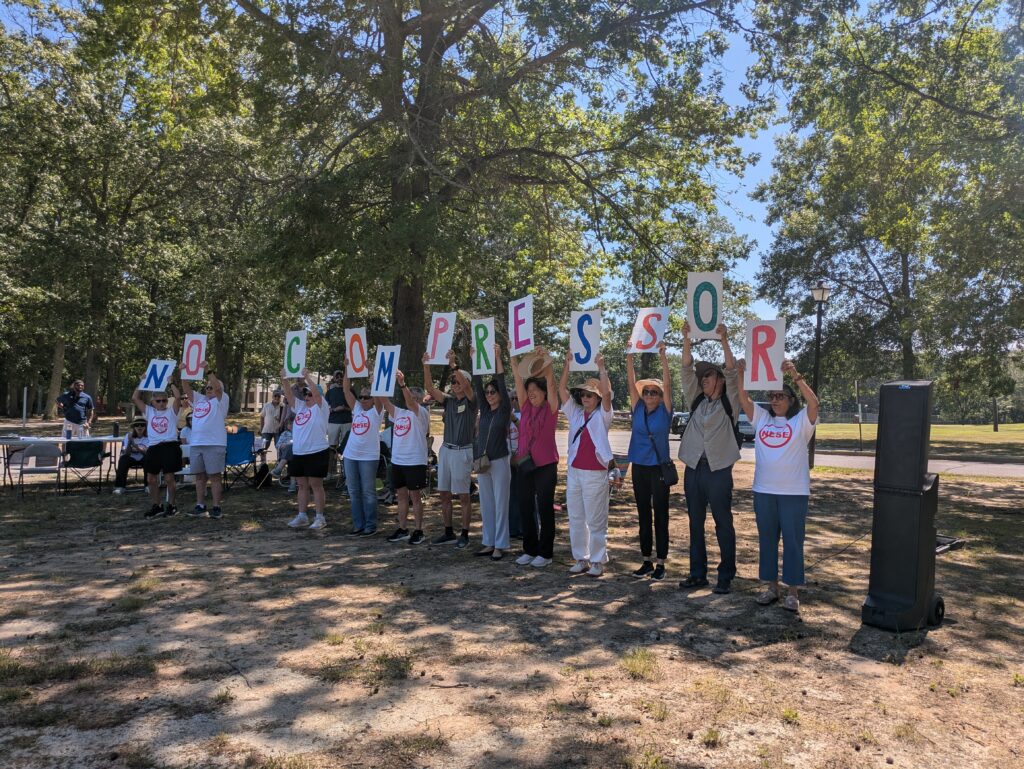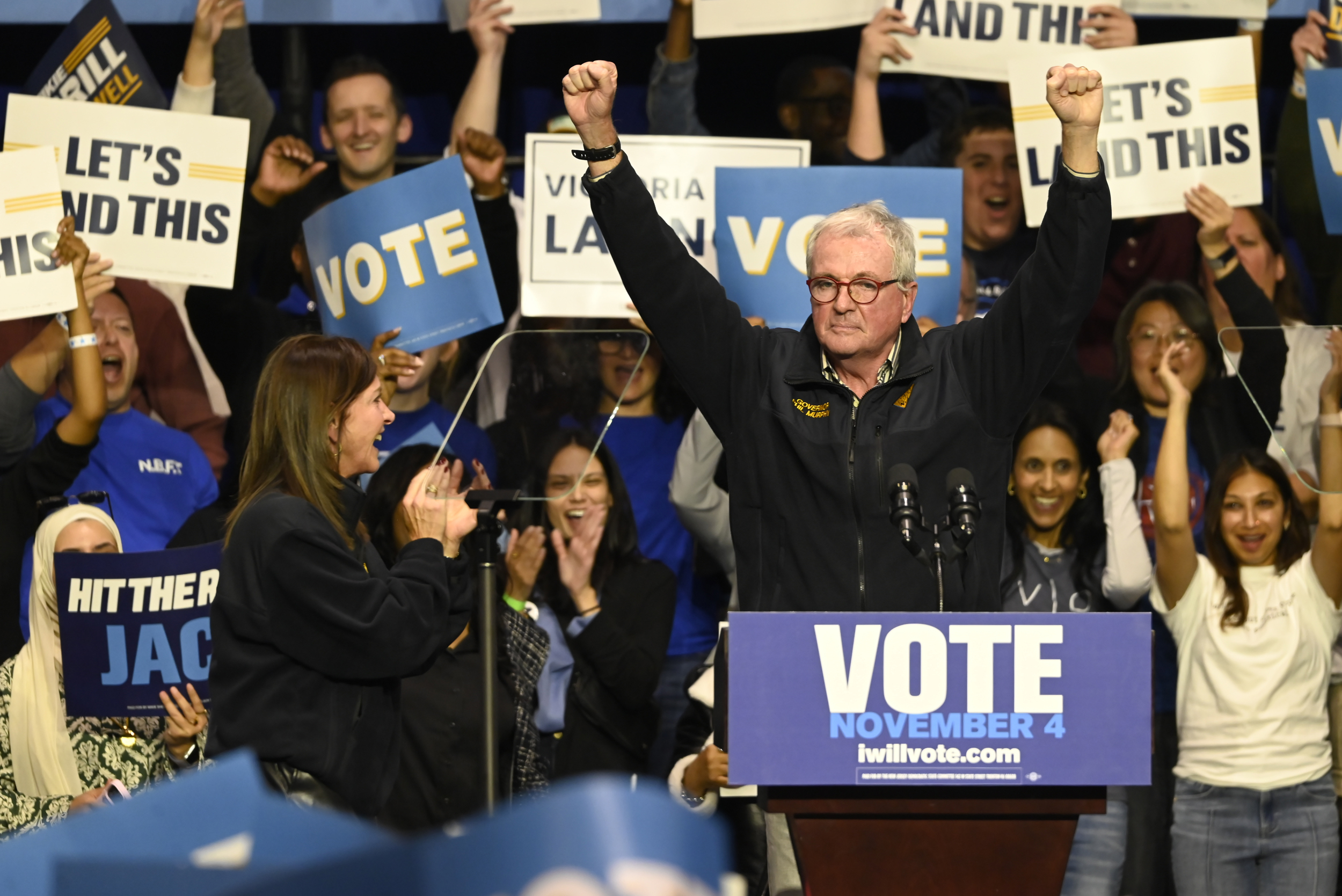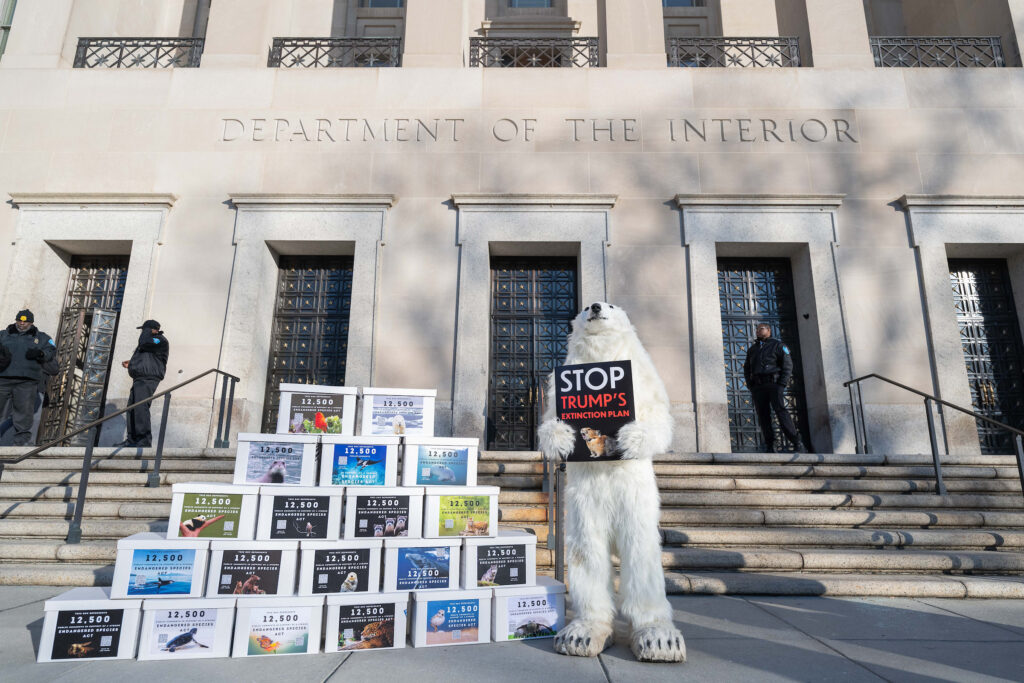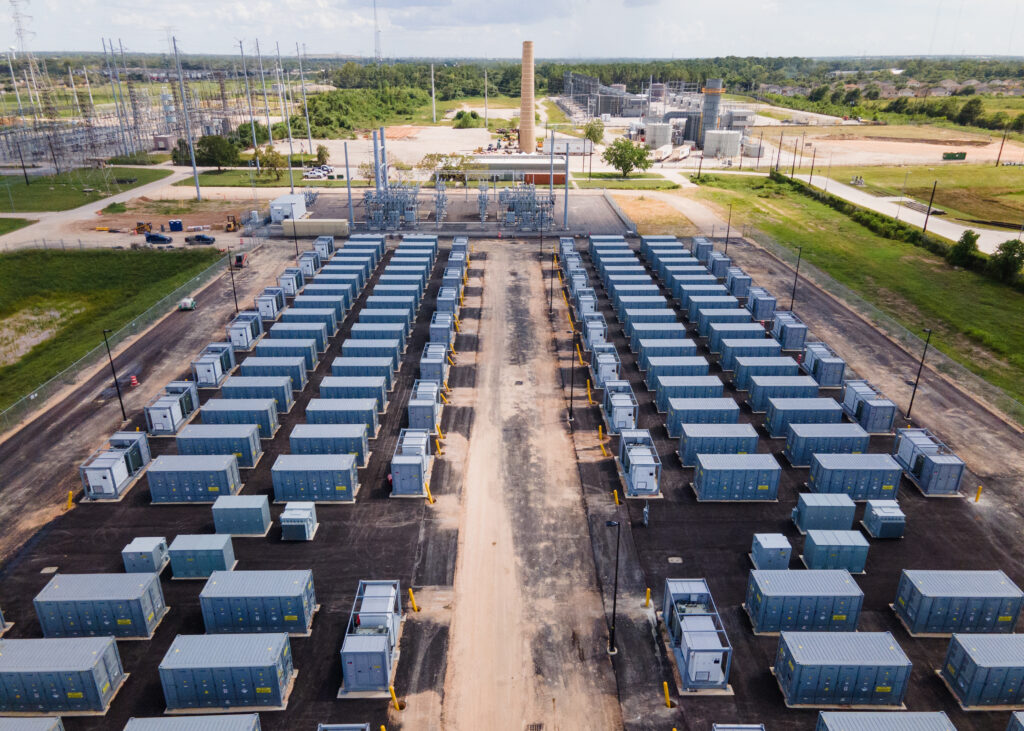When she was younger, Rosemary Ahtuangaruak used to camp for weeks at a time with family at their allotment near Teshekpuk Lake, on Alaska’s North Slope. Her uncle would pick her up from work, she said, with the snowmobile fired up and ready to bring her to the array of lakes and wetlands that many describe as one of the nation’s great wilderness areas.
“Get your winter gear,” she recalled him announcing. “We’re going camping.”
Within a couple of months that area could host drilling rigs probing the depths for oil with exploratory wells. ConocoPhillips has applied to extend ice roads and well pads farther west into the Arctic wilderness beyond its Willow oil project, which was approved by the Biden administration in 2023 and is now under construction. The company also wants to build roads to the south of Willow, where it would use heavy-duty equipment to thump the ground with seismic testing searching for crude.
The plan was revealed in a draft environmental assessment published Monday by the federal Bureau of Land Management (BLM). Both exploration sites lie in “special areas” within the National Petroleum Reserve in Alaska to which the Biden administration gave increased protections from oil and gas drilling because of their ecological importance. The sites also lie near Nuiqsut, home to about 500 people, and within the migratory route of the Teshekpuk caribou herd, which the community’s Iñupiat population relies on for subsistence hunting.
According to the assessment, the areas where ConocoPhillips wants to explore for oil host a “high density” of caribou during the winter, when the activity would occur. The company is requesting exceptions from several stipulations in the federal management plans for the area in order to refuel equipment atop frozen lakes and harvest ice from the water bodies.
Ahtuangaruak, who used to serve as mayor of Nuiqsut and is a longtime outspoken critic of oil development in the area, said the industrial activity at the Willow project has already driven caribou farther from town, making hunting more difficult. The proposed work, she said, would worsen conditions.
The BLM set a one-week public comment period for the proposal, far shorter than the more common period of 30 days or longer, with the first day falling on Veterans Day, a federal holiday. It set a public meeting in Nuiqsut for Nov. 18, the day after the comment period closes.
“They don’t really care,” Ahtuangaruak said of the agency’s decision to schedule the meeting after the end of the comment period.
The BLM did not respond to questions for this article.
How to Weigh In
The federal Bureau of Land Management set a one-week deadline for the public to comment on the ConocoPhillips proposal. Comments, due by Nov. 17, can be filed here.
Matt Jackson, Alaska senior manager for The Wilderness Society, blasted the proposal and the short comment period, saying it deprived the public of adequate opportunity to weigh in on the proposal, which would take place on public lands. More broadly, he said it threatened a fragile and critically important ecosystem. Fears that ConocoPhillips would use the Willow project to extend oil drilling deeper into the Arctic wilderness have been confirmed, he added.
“This landscape is just really important to all Americans as a place where wildlife thrives and that stores a lot of carbon, and even more important for the people of Nuiqsut,” Jackson said. “It’s a place that deserves to be protected for the future.”
The area where ConocoPhillips proposed seismic exploration is near the Colville River, which Jackson said provides critical habitat for fish in winter because it does not fully freeze over. The area is also where the caribou migrate across the river, Jackson said.
In a written response to questions, ConocoPhillips spokesperson Dennis Nuss said, “Exploration is a temporary winter activity in a limited area with minimal impacts.” He added that the area has stringent environmental standards, “and our program is designed to meet those.”
Nuss also said the seven-day comment period “provides a meaningful opportunity to review and comment on the proposed activities.”
The Biden administration approved the Willow project despite widespread opposition from environmental groups and the city of Nuiqsut. Yet the administration also extended protections from oil drilling across much of the rest of the petroleum reserve, 23 million acres managed by the federal government that was set aside in 1923 as an emergency supply of oil for the Navy.
Now, those protections are under a “360 attack,” Jackson said.
Last month, the Trump administration said it would rescind one Biden administration rule that established protections in the region. Last week, Senate Republicans approved a resolution that would rescind a separate rule that limits oil and gas development in the area.
Neither the city of Nuiqsut nor the Native Village governments responded to requests for comment.
Jackson said it is easy to get lost in the details of oil and gas development and the regulatory process, “but what I really hope people can take away is how precious this place is, how amazing it is to be able to go somewhere where there’s just thousands of caribou roaming across the landscape and yellow-billed loons flying in and out of these wetlands.”
Ahtuangaruak said the proposal would threaten the place where families would gather at each other’s campsites for tea or coffee and to share meals during seasonal harvests.
“It was always a family gathering every time we went out there,” she said. “So it’s beautiful to me.”
Yet the area’s importance is not just for the people of Nuiqsut, Ahtuangaruak said.
“This area brings birds that travel through all of the nation’s communities to the Arctic. They come to us for renewal. It’s up to you to protect them in your lands and waters as we’re trying to protect them in our lands and waters,” Ahtuangaruak said. “The cacophony of the birds comes with the migration. And that cacophony is at risk, in your yards and mine.”
About This Story
Perhaps you noticed: This story, like all the news we publish, is free to read. That’s because Inside Climate News is a 501c3 nonprofit organization. We do not charge a subscription fee, lock our news behind a paywall, or clutter our website with ads. We make our news on climate and the environment freely available to you and anyone who wants it.
That’s not all. We also share our news for free with scores of other media organizations around the country. Many of them can’t afford to do environmental journalism of their own. We’ve built bureaus from coast to coast to report local stories, collaborate with local newsrooms and co-publish articles so that this vital work is shared as widely as possible.
Two of us launched ICN in 2007. Six years later we earned a Pulitzer Prize for National Reporting, and now we run the oldest and largest dedicated climate newsroom in the nation. We tell the story in all its complexity. We hold polluters accountable. We expose environmental injustice. We debunk misinformation. We scrutinize solutions and inspire action.
Donations from readers like you fund every aspect of what we do. If you don’t already, will you support our ongoing work, our reporting on the biggest crisis facing our planet, and help us reach even more readers in more places?
Please take a moment to make a tax-deductible donation. Every one of them makes a difference.
Thank you,





